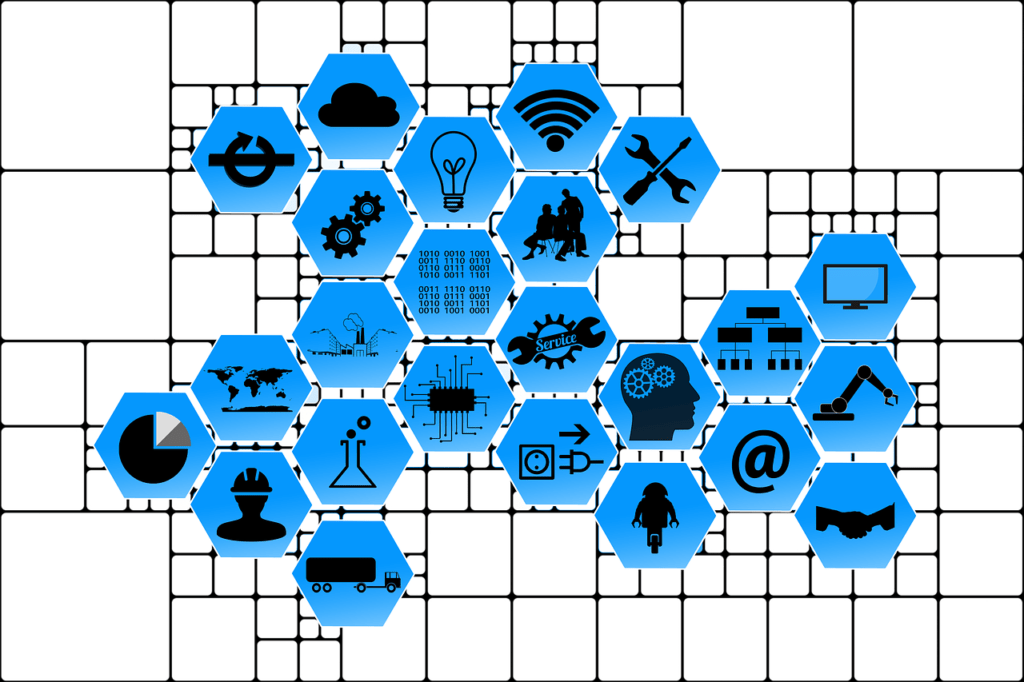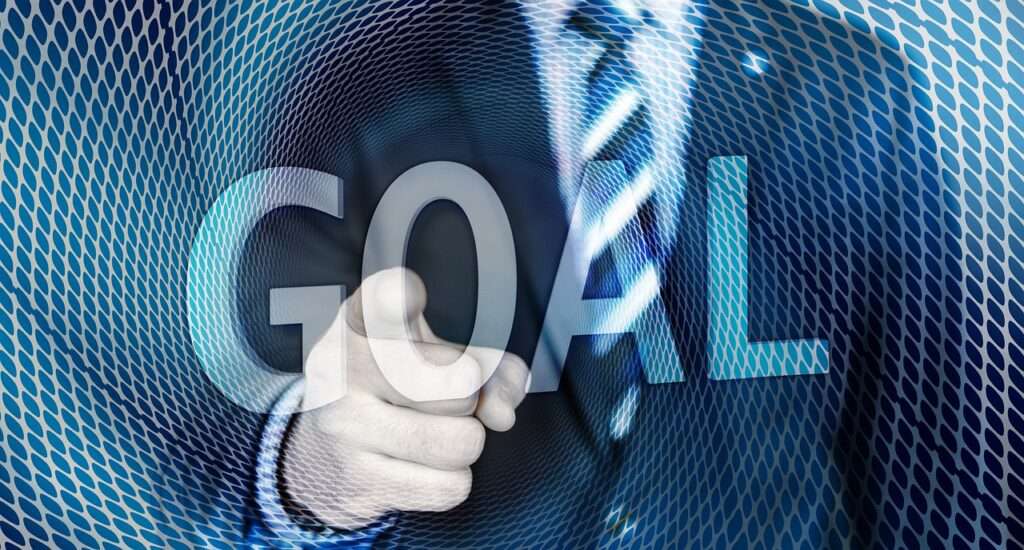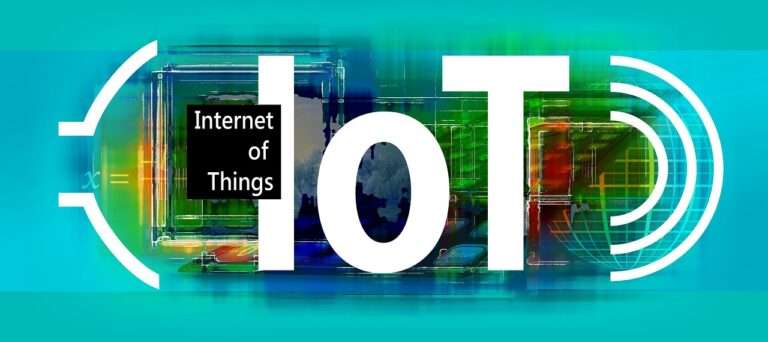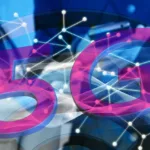The Internet of Things (IoT) is a revolutionary concept reshaping our lives and work. It involves connecting everyday objects and devices to the internet, allowing them to collect and share valuable data. By harnessing this data, we can enhance convenience, efficiency, and connectivity. In this comprehensive guide, we will explore the world of IoT, covering its fundamentals, impact on diverse industries, the challenges it faces, and the promising future it holds.

Understanding IoT: What is IoT
At its core, IoT revolves around connecting real-world objects, including cars, thermostats, and even people, through sensors, software, and networks. These interconnected devices gather information about their surroundings, enabling seamless communication. The applications of IoT are vast, ranging from smart homes and personal gadgets to industrial machinery and infrastructure.
The Evolution of Internet of things devices
The journey of IoT began in the early 1980s when a group of visionaries at Carnegie Mellon University connected a vending machine to the internet. This groundbreaking experiment laid the foundation for what we now know as the Internet of Things. Over the years, IoT has evolved significantly, thanks to technological advancements and the widespread availability of internet connectivity.
Why IoT Matters?
IoT has a profound impact on various industries, including healthcare, transportation, agriculture, and more. Its applications are far-reaching
- Healthcare: IoT enables personalized and timely care through online patient monitoring.
- Transportation: IoT enhances route planning, vehicle tracking, and fuel efficiency.
- Agriculture: Precision farming with IoT sensors improves crop management and resource efficiency.
- Smart Cities: IoT optimizes resource utilization, traffic control, and enhances urban living.

The Basics of IoT
To truly know what is IoT, we must explore the fundamental components
Connectivity of IoT Devices
IoT relies on technologies like Wi-Fi, Bluetooth, Zigbee, and cellular networks to establish connections between devices. This seamless connectivity allows devices to communicate and share data effectively.
Sensors and Data Collection
Sensors serve as the heart of IoT, collecting data about the surrounding environment. They monitor aspects such as temperature, humidity, motion, and light, providing real-time information for informed decision-making.
Protocols for Data Transmission
IoT devices utilize communication protocols like MQTT, CoAP, and HTTP to ensure smooth data transfer across networks. These protocols define how data packets are transmitted and received, enabling effective communication.
Cloud Computing and Data Analytics
Cloud computing provides a secure and flexible environment for storing and processing IoT data. It enables real-time analysis, pattern recognition, and efficient decision-making based on the collected data.
Starting a new era AI and IoT: How AI is playing a significant role in Internet of things (IoT)
Artificial intelligence (AI) plays a significant role in IoT by enabling devices to learn from data and make smart decisions. For instance, AI can adjust home temperature settings based on user preferences, saving energy and improving comfort.

Common Myths and Facts:
There are several myths and misconceptions surrounding IoT. Let's separate fact from fiction:
- Myth: IoT is limited to smart homes.
- Fact: IoT has a broad range of applications across industries, making processes more efficient and enhancing safety.
- Myth: IoT is not secure.
- Fact: IoT employs robust security measures, including encryption and authentication, to safeguard connected ecosystems.
- Myth: IoT will lead to job loss.
- Fact: While some tasks may be automated, IoT creates new job opportunities in development, installation, and maintenance.
Benefits of IoT
How Internet of Things (IoT) is useful
Enhanced Productivity
IoT streamlines processes, reduces waste, and minimizes human errors through automation and data-driven insights.
Real-time Analytics
IoT-generated data provides valuable insights for businesses, facilitating data-driven decision-making and improving operational efficiency.
Healthcare Transformation
IoT facilitates remote patient monitoring, wearable devices, and telehealth services, resulting in improved healthcare outcomes.
Smart Cities
IoT makes urban living more efficient by optimizing resource utilization, enhancing safety, and creating intelligent infrastructure.
IoT in Manufacturing
IoT enables real-time asset tracking, predictive maintenance, and efficient supply chain management, transforming the manufacturing industry.

Challenges of IoT
Despite its potential, IoT faces significant challenges:
Integration and Interoperability
Connecting devices from different manufacturers that use various communication methods can be complex.
Data Management and Scalability
IoT generates massive amounts of data, necessitating scalable infrastructure and efficient data management strategies.
Security and Privacy
The interconnected nature of IoT devices makes them vulnerable to hacking and data breaches. Establishing strong security measures and privacy regulations is crucial.
Ethical Data Use
Collecting vast amounts of data raises ethical concerns related to privacy and responsible data usage. Establishing clear rules and governance frameworks is necessary.
IoT in Different Fields
IoT brings transformative effects to various industries:
Transportation
IoT enables real-time vehicle tracking, route optimization, and the development of sustainable transportation systems.
Healthcare and Medical Devices
IoT facilitates remote patient monitoring, wearable devices, and telehealth services, revolutionizing patient care.
Agriculture
Precision farming empowered by IoT sensors optimizes soil conditions, irrigation practices, and crop health, leading to higher yields and improved resource efficiency.
Utilities and Energy
IoT applications like smart metering and grid optimization enhance energy efficiency, reduce emissions, and improve energy distribution reliability.
Retail and Customer Service
IoT enables personalized shopping experiences, real-time inventory management, and efficient supply chain operations, enhancing customer satisfaction.
Automobile Manufacturing
IoT drives innovation in the automotive industry by introducing features such as remote diagnostics, predictive maintenance, and vehicle connectivity.

IoT for a Sustainable World
IoT contributes to sustainability in various ways:
Energy Savings
IoT enables precise monitoring and control of energy consumption in buildings, promoting energy efficiency.
Waste Management
IoT optimizes waste collection and recycling processes, reducing pollution and resource wastage.
Sustainable Agriculture
IoT aids in efficient water usage, reduced chemical application, and better disease management in agriculture, fostering sustainability.
Climate Change Mitigation
IoT contributes to energy efficiency, resource management, and emissions reduction, actively combatting climate change.
Future Trends in IoT
The future of IoT holds exciting developments lets explore some of the future trends in IoT
Edge Computing
IoT devices will process data closer to the source, reducing latency and bandwidth constraints.
5G Integration
The widespread adoption of 5G technology will enhance IoT device interactions, enabling advanced applications like driverless cars and augmented reality.
AI-Driven Ecosystems
AI algorithms will make IoT devices smarter and more self-sufficient, optimizing processes and enhancing user experiences.
Blockchain Integration
Blockchain technology will enhance IoT security, privacy, and interoperability, fostering trust in IoT ecosystems.
FINAL THOUGHTS
The Internet of Things is reshaping our world by connecting objects, gathering data, and enabling intelligent decision-making. By understanding its basics, dispelling myths, and embracing its true potential, we can harness the full power of IoT across various sectors. While challenges exist, the benefits are evident, ranging from improved efficiency and productivity to sustainable development. As IoT continues to evolve, it promises a future filled with exciting possibilities, transforming how we live, work, and interact with the world around us.




